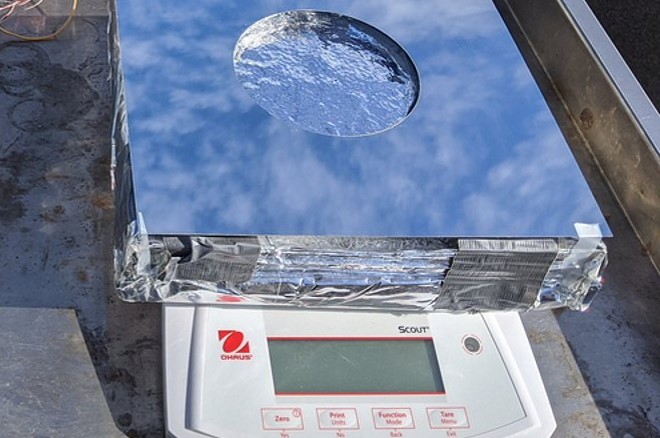TECH

Hot climates, where the demand for refrigeration systems is greater, often lack the necessary infrastructure to power these equipment. A new development by US engineers will allow you to cool food or indoor air without electricity.
The system, created at MIT, combines evaporative cooling technology, radiant cooling and thermal insulation. It provides a temperature drop of 10.5 degrees Celsius compared to room temperature and looks like a three-layer material briquette(image above). This briquette should be placed on top of something that needs to be cooled - for example, in a container with food or medicine.
According to the developers, the system is capable of extending the shelf life of food products by 40% in high humidity conditions, or three times if it is warm and dry outside. In addition, the device can be used to cool water in air conditioning systems so that they consume less energy without reducing efficiency.
The bottom layer of the briquette is made of a reflective material that prevents infrared radiation from the sun from heating the object. In the middle is a porous hydrogel that consists mainly of water. When heated, it turns to steam and rises to the top layer, says MIT News.
At the top is something like an airgel, consisting mostly of air pockets inside polyethylene cavities. Water vapor and reflected infrared rays passing through the airgel create an evaporative and radiative cooling effect, respectively.
In addition, airgel acts as an insulator, preventing the object from being exposed to ambient heat. Also, like the bottom layer, it reflects sunlight. Its disadvantage is the high cost of production - to reduce the cost of the device, additional research is needed.
Other materials are available and inexpensive, say the inventors. Operating the device is also not difficult - you just need to add water to the hydrogel in time.
A team of physicists at Purdue University set a new world record last year when scientists created an ultra-white paint that cools painted surfaces. After drying, it reflects 98.1% of solar radiation and also radiates infrared heat.
MIT-USA
No comments:
Post a Comment